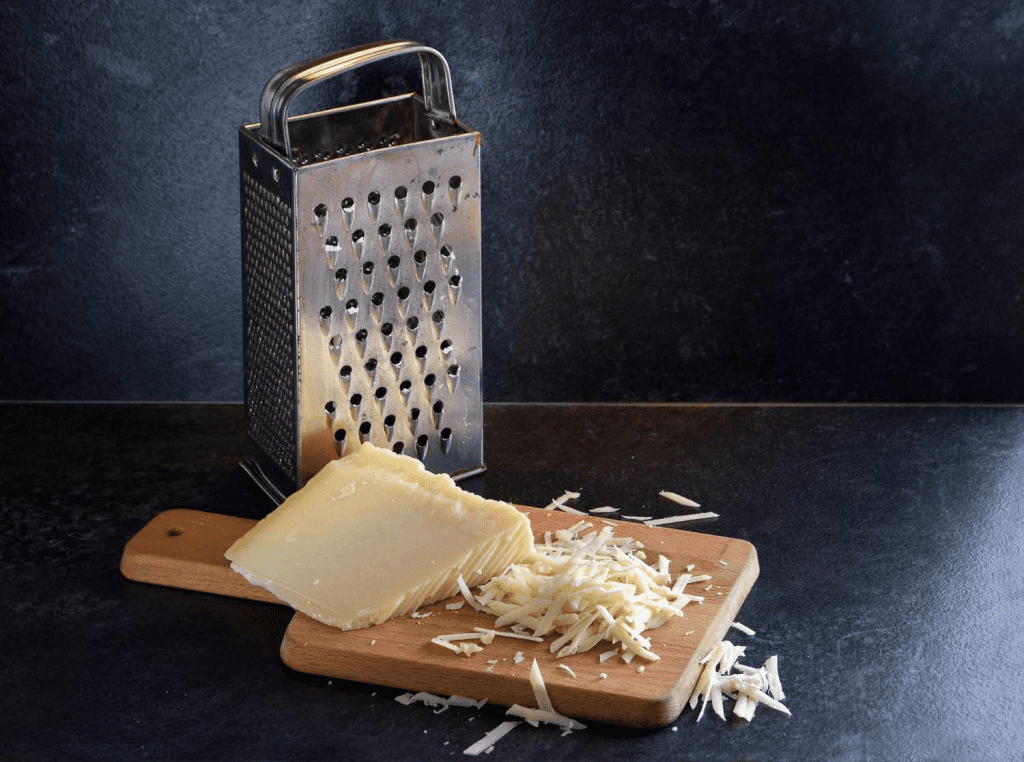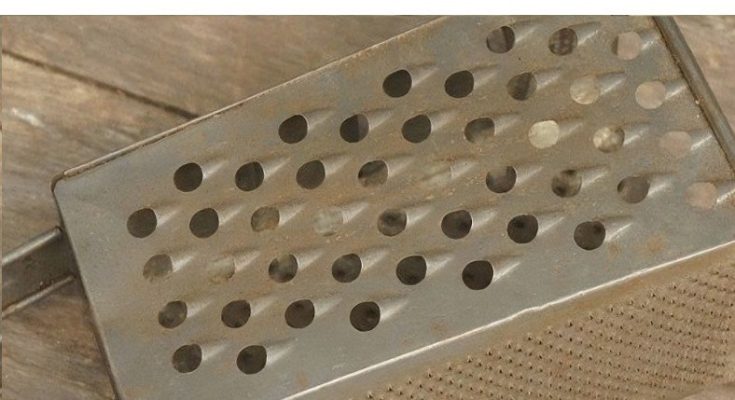Cheese Grater Evolution: A Culinary Journey Through Time
Ancient Beginnings: The Birth of the Cheese Grater
The cheese grater, a staple in kitchens worldwide, is more than just a tool for shredding cheese. Its history stretches back centuries, tracing the evolution of culinary practices and technological advancements. From its humble beginnings in the 1540s to the multifunctional designs we see today, the cheese grater has become an indispensable kitchen gadget. In this article, we’ll explore the fascinating journey of the cheese grater, highlighting its evolution and its impact on the culinary world.
The cheese grater, as we know it today, was invented in the 1540s by Frenchman François Boullier. This invention marked a significant milestone in the culinary arts, allowing cheese to be grated into fine pieces, which was not only convenient but also enhanced the texture and flavor of dishes. Before the cheese grater, cheese was often consumed in chunks or slices, limiting its versatility in recipes. Boullier’s invention made it easier to incorporate cheese into a variety of dishes, from salads to sauces, revolutionizing the way cheese was used in cooking.
The cheese grater’s creation can be seen as a pivotal moment in culinary history, so much so that we might whimsically divide time into two epochs: Before Grated Cheese (BGC) and After Grated Cheese (AGC). This simple yet ingenious tool opened up new possibilities in the kitchen, transforming cheese from a simple ingredient into a versatile component of countless dishes.
The Industrial Revolution: A New Era for Kitchen Tools
In the years following its invention, the cheese grater remained a relatively simple tool. Early designs were often made from metal plates with sharp teeth punched through them. These graters were functional and durable, but they lacked the refinements that would come later. Despite their simplicity, these early cheese graters were highly effective, allowing cooks to quickly and easily grate cheese into small pieces.
During this period, cheese graters were typically handmade by local blacksmiths, making each grater unique. The tool was used primarily in European kitchens, where cheese was a staple ingredient in many traditional dishes. These early graters were also used for other foods, such as bread and vegetables, making them versatile tools in the kitchen.
The Modern Cheese Grater: Multifunctional Marvel
The Industrial Revolution in the 18th and 19th centuries brought about significant changes in the manufacturing of kitchen tools, including the cheese grater. With advances in manufacturing technology, cheese graters became more standardized and widely available. Factories began producing graters in large quantities, making them affordable and accessible to households across Europe and America.
This period also saw the development of new designs and materials. Graters made from steel became more common, offering increased durability and sharper blades. The introduction of mechanical graters, which used gears and cranks to grate cheese more efficiently, was another significant innovation. These advancements made cheese graters more effective and easier to use, cementing their place as an essential kitchen tool.
The Future of Cheese Graters: Smart Innovations on the Horizon

In the 20th century, the cheese grater continued to evolve, with designers and manufacturers introducing a wide range of new features and functionalities. Modern cheese graters are no longer limited to just grating cheese. They now come equipped with multiple blades and attachments that allow for slicing, shredding, and even zesting.
One of the most significant developments in recent years has been the focus on ergonomics and ease of use. Cheese graters now often feature comfortable handles, non-slip bases, and easy-to-clean designs. Some models are designed to be used over a bowl or plate, while others are integrated into kitchen gadgets like food processors.
The variety of cheese graters available today means that there is a tool for every type of cheese and culinary need. From fine graters for Parmesan to coarse graters for cheddar, the options are endless. The cheese grater has truly become a multifunctional tool that can handle a wide range of kitchen tasks.
Cultural Impact: The Cheese Grater’s Role in Culinary History

As we look to the future, it’s exciting to think about how the cheese grater might continue to evolve. With the ongoing advancements in kitchen technology, it’s possible that we’ll see the development of smart cheese graters that can automatically adjust their grating size based on the type of cheese or even connect to a smartphone app for customized grating preferences.
Another possibility is the incorporation of new materials and designs that make cheese graters even more durable and efficient. For example, self-sharpening blades or graters made from sustainable materials could become more common. The focus on sustainability and eco-friendly products might also lead to the creation of cheese graters that are both highly functional and environmentally conscious.
The Cultural Significance of the Cheese Grater

Beyond its practical uses, the cheese grater holds a special place in culinary culture. It’s a tool that’s been passed down through generations, with many people inheriting their first cheese grater from a parent or grandparent. The act of grating cheese is a ritual in many households, whether it’s preparing a family dinner or adding the finishing touch to a homemade pizza.
The cheese grater is also a symbol of the home cook’s creativity and resourcefulness. It’s a tool that, while simple, can transform a dish and elevate it to new heights. From grating cheese over a pasta dish to using it for zesting citrus or grating chocolate, the cheese grater is a versatile tool that has earned its place in kitchens around the world.
The cheese grater’s journey from a simple tool invented in the 1540s to a multifunctional kitchen essential reflects the broader evolution of culinary tools and practices. Over the centuries, it has adapted to meet the changing needs of cooks and chefs, becoming more efficient, versatile, and user-friendly. As we continue to innovate in the kitchen, the cheese grater will undoubtedly remain a beloved tool, cherished for its practicality and its role in enhancing the flavors and textures of our favorite




